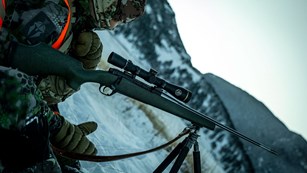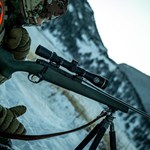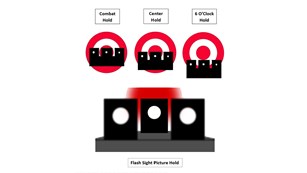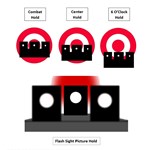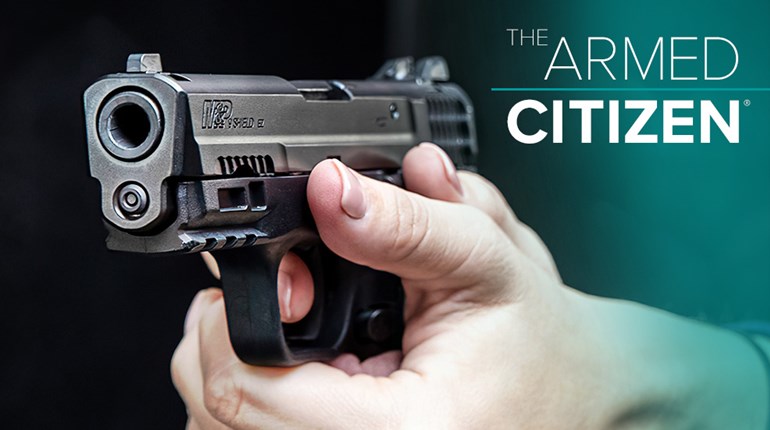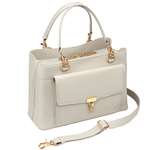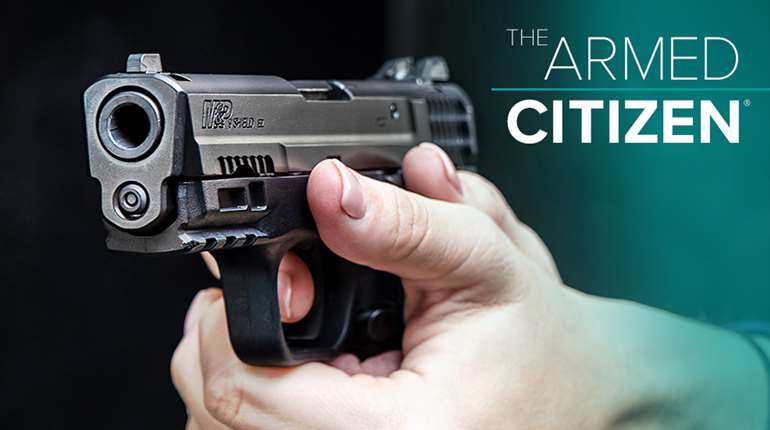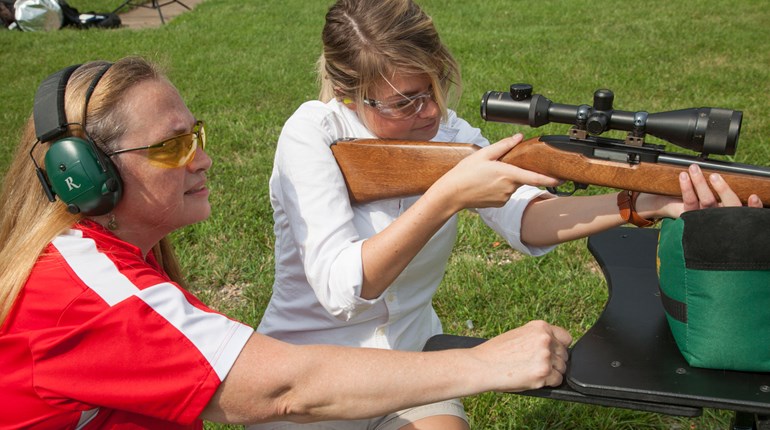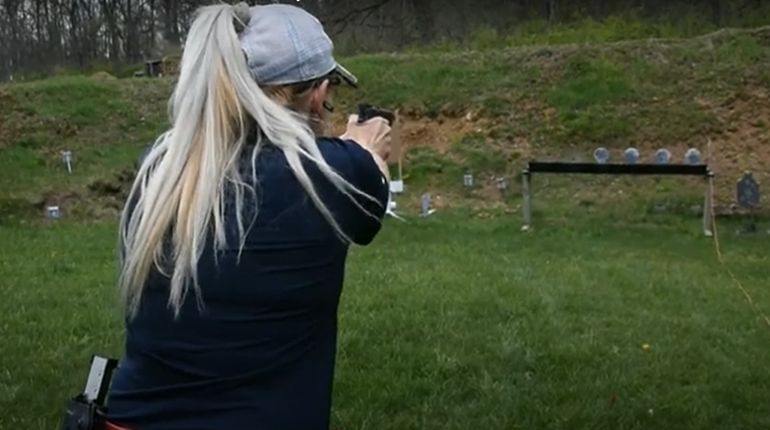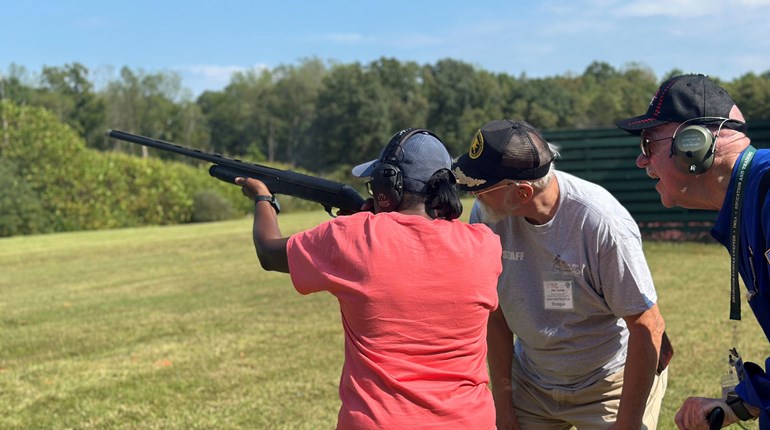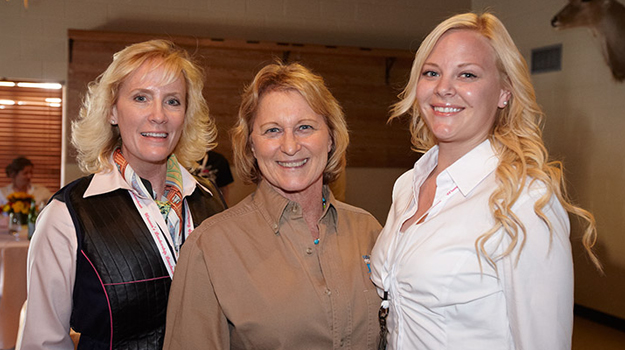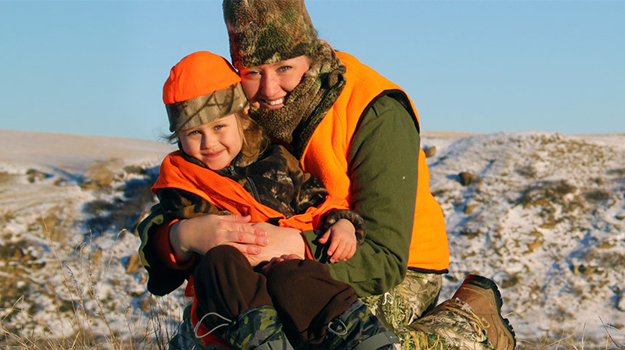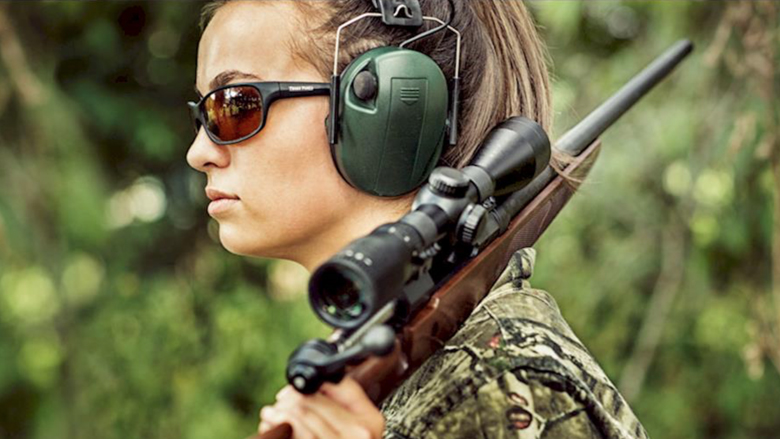
You’re approaching someone you don’t know, or more likely, they’re approaching you. Something about them pings your not-quite-right radar. They might be a problem or they might not, so you want to gather some information about this person you know nothing about. How do you interact with them?
In the tactical world, we call this “managing unknown contacts,” and it all starts with your mindset. Assuming you’re passing through life in condition yellow (not white), you’re likely to notice anyone you’re about to have to deal with who might start nudging you toward condition orange. You know you’re about to make contact, and because they’re unknown to you, you want to gather as much information as possible to evaluate how safe this interaction is going to be.
Keep in mind that most people who approach you are doing so for totally innocent reasons, like asking for directions or offering you help. Managing unknown contacts does not mean being rude and barking orders at every person you interact with. You don’t owe anyone niceness, but there’s also no sense in jumping straight to hostility with strangers. You’ll know pretty quickly who probably has innocent intent and who you need to get loud and firm with—and don’t hesitate to do so once you have a reason.
MUC Rule #1: Maintain Distance
You need time to gather information about someone who is approaching you, and distance buys you time and a degree of safety. Do what you must to keep an unknown contact at a reasonable distance. What’s reasonable?
You already know when something feels too close, but in general, five to six feet is a socially accepted distance for someone you don’t know but you’re expecting to interact with—a server at a restaurant, a sales associate at the department store, etc. Anyone you don’t have a social reason to be interacting with—a stranger on the street—should stay well outside of six feet as a cultural rule, and more is certainly better for safety.
Do what you have to in order to maintain a safe distance, keeping in mind what you know about attack range. Don’t be afraid to move, casually or purposefully depending on the circumstances, and put obstacles such as a parked car or a shopping cart in between you and the stranger. While moving, try to avoid backing up, as it’s easy to trip or to accidentally back yourself into a trapped position that’s difficult to escape from (like pinned against a wall). As you do this, don’t get so focused on the unknown contact that you lose sight of everything else—scan around you as you’re able, because bad guys tend to work in pairs or groups.
In addition to moving, you can use your voice to maintain distance: A simple “that’s close enough” will cause any normal person to stop advancing, and they’ll probably look a little surprised or embarrassed. Anyone who continues to close distance on you after you’ve asked them to stop is trouble and should be treated accordingly. A loud “I said STOP!” in your best command voice lets the stranger know you mean business, attracts attention from anyone else in the vicinity, and establishes you among any witnesses as someone who tried to stop a situation from escalating.
MUC Rule #2: Gather Information
When someone is still at a distance, and hopefully holding there, be observant. You’re feeding information into your OODA loop, so pay attention to the stranger’s body language, their attire, and how they walk and speak. Does anything in their movement or speech indicate that they might be under the influence of some substance? Are they dressed inappropriately for the place or the season, such as wearing a heavy jacket in June?
Watch their eyes. Are they looking at you? Are they looking around them? Looking left, right and beyond you as they approach can be general shifty, nervous behavior or it could be a witness check, which a bad actor will often do to see if he’s in the clear before he attacks.
Glance at their waistband, where a weapon is most likely to be stashed, and watch their hands. If they’re tucked in a pocket or a hidden in their hoodie, you have no idea if they’re holding a weapon or not. If his hands are visible, all the better, but keep an eye on them nonetheless, as moving the hands to the waist might be your first indication that things have turned ugly. If you can’t see his hands and you have reason to be suspicious, especially if he’s ignored your first warning not to come any closer, you can certainly order him to “show me your hands.” If he ignores that command, it might be go time.
And pay attention to their feet and legs. A shifting of the weight from one leg to the other can be a sign that he’s gearing up to make a move.
MUC Rule #3: Get Prepared
At this point in your OODA loop, you should be taking all the information you’ve gathered so far and deciding what to do about it. While you’re doing that, prepare yourself physically. This should be pretty subtle and casual, as long as you have time and distance on your side. Step one foot back slightly and shift your weight onto the front foot, in a bladed, defensive stance. Your own body language should be signaling that you’re not going to be easy to deal with if he does in fact have bad intentions.
Free up your hands in case you need to use them. That might mean casually sitting your coffee on the park bench next to you or shifting your toddler to the other hip to free up your strong-side hand, or it might be as obvious as dropping your shopping bags on the ground. If things happen fast enough that freeing up your hands is such an obvious, out-of-place move as that, he’s going to know that you know what’s up, so be ready for the next step.
When It’s Over
Finally, when you’ve interacted with an unknown contact who gave you the willies, but you managed to avoid any problems and he or she seems to be leaving, don’t relax just yet. It’s probably over, but pay attention to where the stranger goes. It’s not uncommon for a bad guy to double back and approach you from behind. Keep an eye on anyone you’re suspicious of until they’re well out of sight and you’ve made it to a place of safety.








